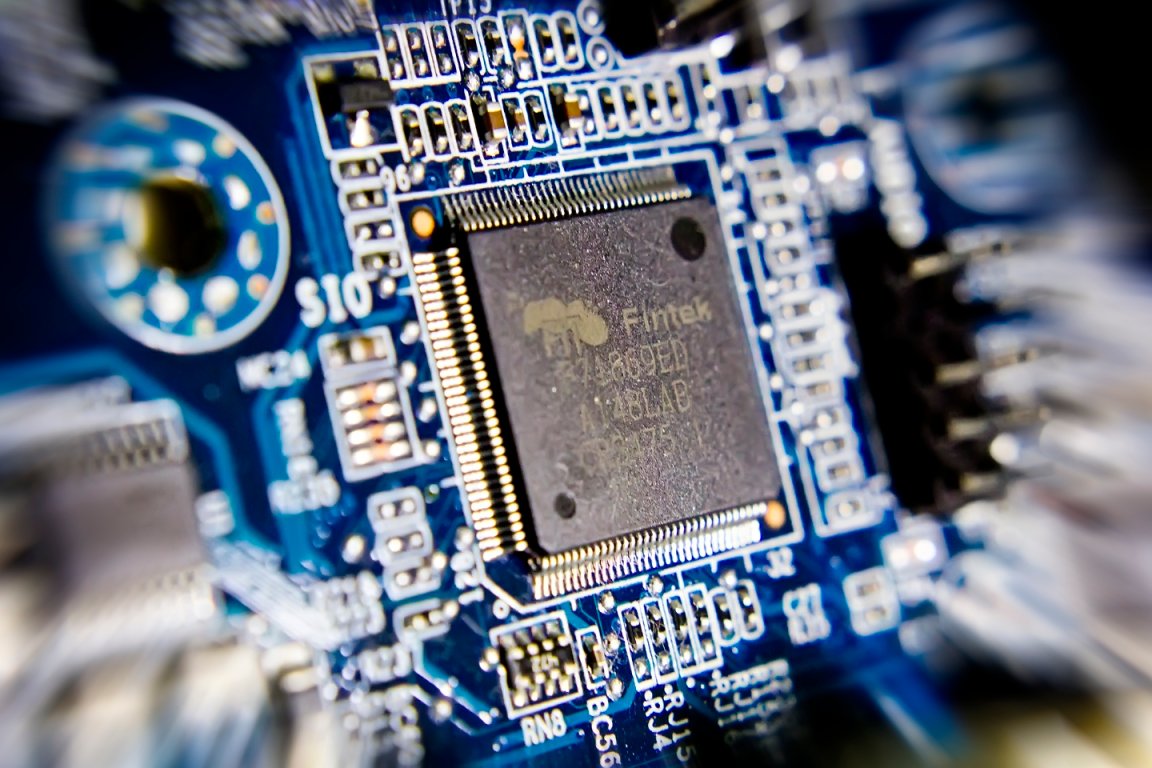
Topological Metal
A newly discovered topological metal, PtSn4 (platinum and tin), that bears a unique electronic structure could lead to the creation of more energy efficient computers that have increased processor speeds and higher data storage.
To break this down a bit, electrons in topological materials can travel nearly at the speed of light because of Dirac dispersion. Dirac points were originally thought to exist in small numbers of conduction electrons in topological metal, but in PtSn4, these conduction electrons were not only available in high density, but were positioned within Dirac points that allowed the creation of extended lines, otherwise known as Dirac node arcs.
“This type of electron transport is very special,” said Adam Kaminski, Ames Laboratory scientist and professor at Iowa State University’s Department of Physics and Astronomy. “Our research has been able to associate the extreme magnetoresistance with novel features in their electronic structure, which may lead to future improvements in computer speed, efficiency and data storage.”
ARPES

The discovery was made with the use of an angle-resolved photoemission spectroscopy (ARPES)—an instrument developed by Ames Laboratory which shows details of the electronic properties in high-resolution.
This gave researchers exceptional tunability, which made it possible to visualize these properties in a lab setting.
“Combining it with Ames Laboratory’s computational modeling abilities and our 80-year reputation in designing and growing new materials has led to our success in this discovery,” adds Paul Canfield, an Ames Laboratory scientist adds.
Their discovery was published in the journal Nature Physics.